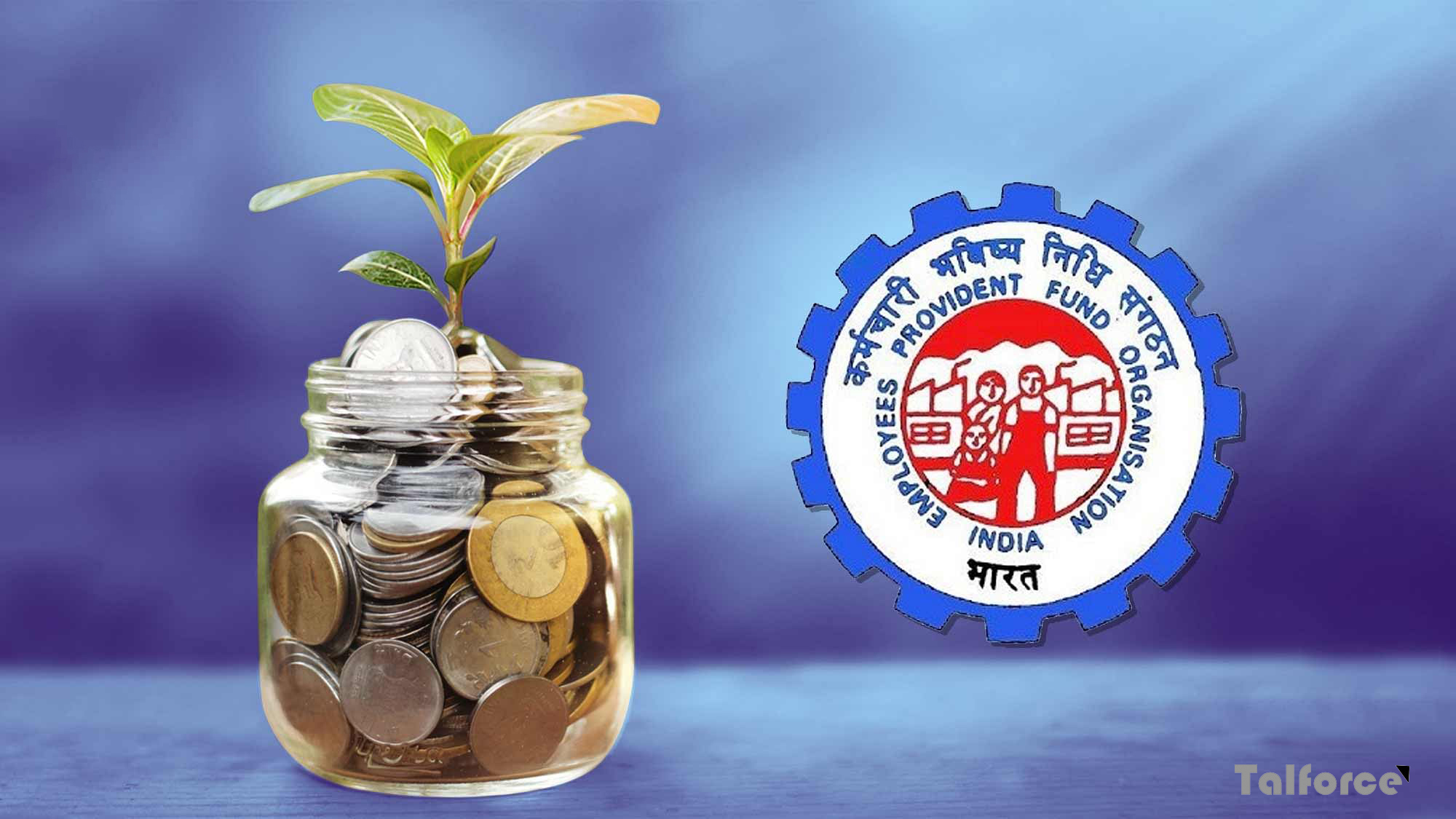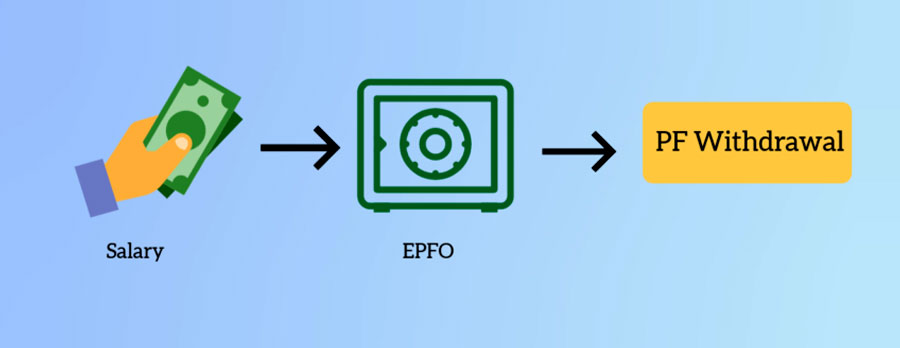The Employees’ Provident Fund (EPF) is a social security scheme in India that provides financial security and retirement benefits to employees working in the organized sector. It is managed and administered by the Employees’ Provident Fund Organization (EPFO), which is a statutory body under the Ministry of Labour and Employment.
Here are some key points about the Employees’ Provident Fund:
- Purpose: The EPF scheme aims to promote long-term savings for employees and help them accumulate a retirement corpus. It also provides certain financial benefits in case of emergencies, such as housing, medical expenses, education, etc.
- Mandatory Contributions: Both the employer and the employee make monthly contributions towards the EPF. Currently, the contribution rate is 12% of the employee’s basic salary plus dearness allowance. The employer’s share constitutes 3.67% towards the EPF and 8.33% towards the Employees’ Pension Scheme (EPS). The employee’s entire contribution goes towards the EPF.
- EPF Account: Each employee has an individual EPF account where the contributions are deposited. The account earns interest, which is determined by the government every year. The interest is currently tax-free.
- Withdrawal and Retirement Benefits: Employees can withdraw their EPF accumulations upon retirement (attaining the age of 58) or after two months of unemployment. Partial withdrawals are allowed for specific purposes like buying a house, medical treatment, marriage, etc., subject to certain conditions.
- Employee’s Pension Scheme (EPS): A portion of the employer’s contribution goes towards EPS, which provides a monthly pension to employees after retirement or in case of disability. The pension amount depends on the employee’s years of service and average monthly pensionable salary.
- EPF Contribution for Special Categories: For certain categories of employees, such as those working in establishments with fewer than 20 employees or those earning below a certain threshold, the EPF contribution rate may be lower. The government may also provide additional benefits or subsidies for such employees.
- Digital Initiatives: The EPFO has undertaken various digital initiatives to improve its services and make them more accessible. These include the introduction of mobile apps, online claim submission, e-nomination facility, and integration with the Unified Mobile Application for New-age Governance (UMANG) platform.
- Social Security Schemes: In addition to the EPF, the EPFO also administers other social security schemes like the Employees’ Deposit-Linked Insurance Scheme (EDLI) and the Employees’ Pension Scheme (EPS). EDLI provides life insurance coverage to EPF members, while EPS offers a pension to eligible employees.
- EPF Reforms: The EPF scheme has undergone several reforms over the years to improve transparency, ease of use, and efficiency. These reforms include the introduction of the UAN, online services, consolidation of multiple EPF accounts, and simplification of withdrawal procedures.
- EPF Contribution for Special Categories: For certain categories of employees, such as those working in establishments with fewer than 20 employees or those earning below a certain threshold, the EPF contribution rate may be lower. The government may also provide additional benefits or subsidies for such employees.
- EPF Withdrawal Taxation: In certain cases, premature withdrawal from the EPF account may attract tax liabilities. For instance, if an employee withdraws the EPF balance before completing five years of continuous service, the withdrawn amount may be subject to taxation. However, there are exceptions and specific conditions under which such withdrawals may be tax-exempt.
- Voluntary Provident Fund (VPF): Employees have the option to contribute more than the mandated 12% of their basic salary to the EPF through the Voluntary Provident Fund. The additional contribution is made on a voluntary basis and helps in building a larger retirement corpus.
- EPF Transfer: When an employee changes jobs, they can transfer their EPF accumulations from their previous employer to the EPF account of the new employer. This helps in consolidating the EPF balance and maintaining a single account.
- EPF Interest Rate: The EPF interest rate is determined by the government in consultation with the Central Board of Trustees, EPF. The interest rate is generally announced annually and is based on the earnings of the EPF corpus.
It’s important to note that specific details, rules, and regulations may vary depending on the country or region. The information provided here pertains specifically to the EPF scheme in India.
For more services contact us www.talforce.in
contact@talforce.in

